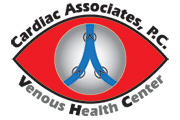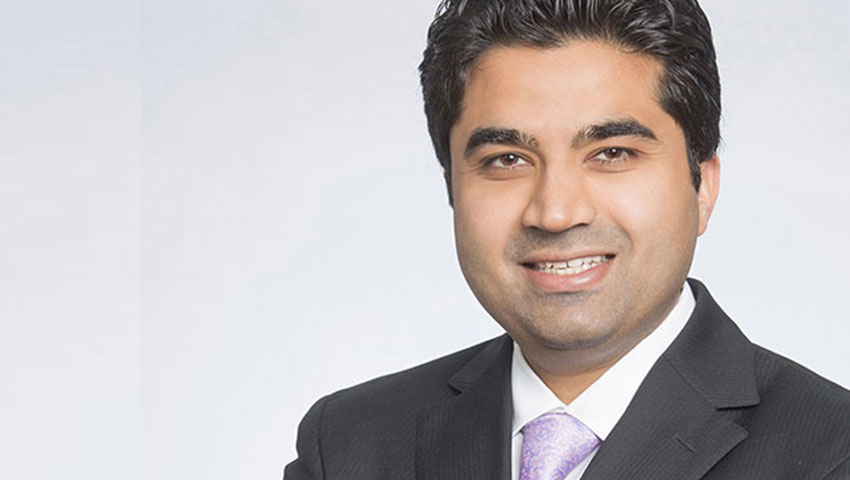Healthy veins keep the blood moving from the lower body back up to the heart and lungs. But sometimes disease or injury can prevent the veins from doing their job effectively, allowing blood to fall backward or stagnate inside the problem vein. The blood that becomes trapped inside an abnormal vein creates pressure that can press against the vein wall and stretches it out. The result can be painful, swollen and unsightly as varicose veins present largely on the legs and ankles.
According to Washington DC varicose vein doctors, the risk for developing vein disease and associated varicose veins largely depends on heredity, but aging, gender and lifestyle can also impact your vein health.
Other risks include:
Age – The elasticity of the vein walls decreases with age, which affects the effectiveness of the vein pump. People age 50 and older are at a much greater risk for developing vein disease and varicose veins.
Gender – Women are nearly twice as likely to develop varicose veins as men, typically because of hormonal changes that occur throughout a woman’s lifetime such as pregnancy, menopause and when taking hormonal forms of birth control.
Sitting or Standing – Both sitting and standing for long periods of time whether at work or play are detrimental to your circulation, increasing your risk for developing varicose veins.
Overweight and Activity – Being overweight puts increased stress on your body and added pressure on your veins. Getting regular exercise helps maintain optimal circulation.
While spider and varicose veins may seem like a simple cosmetic problem, they can become a health concern if left untreated. As the underlying venous disease progresses, people can experience aching, heaviness, swollen legs and ankles, skin ulcers and, rarely, blood clots. When you are ready to get rid of varicose veins, contact our vein removal doctor in Washington DC.


